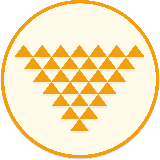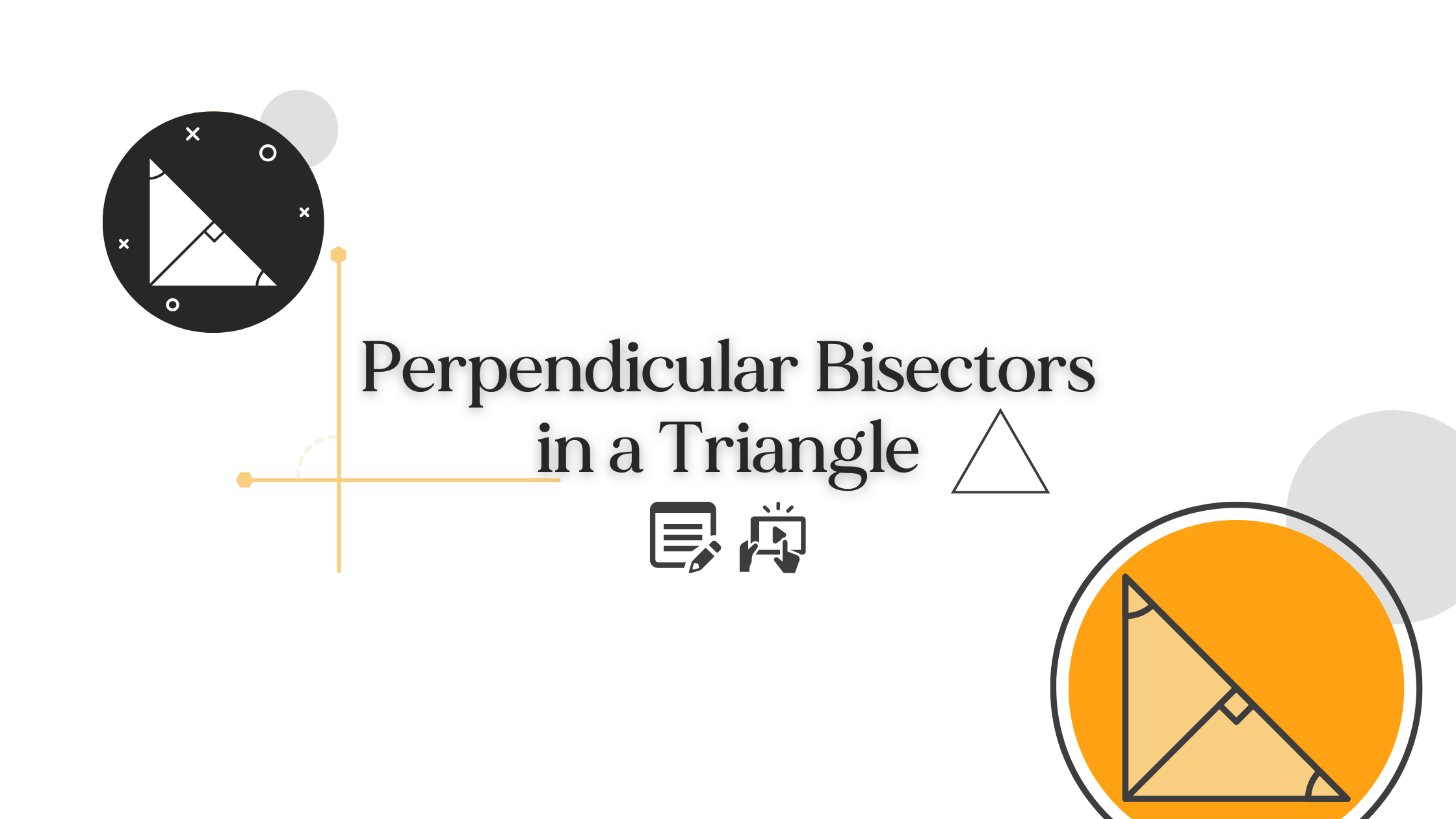Introduction
In geometry, understanding the properties of triangles is crucial. One important concept is the perpendicular bisector, which plays a key role in various geometric constructions and proofs. In this blog post, we will explore what a perpendicular bisector is, how to draw it, and its significance within a triangle. Additionally, check out our detailed video explanation on the Wit Reach YouTube channel to see these concepts in action.
What is a Perpendicular Bisector?
A perpendicular bisector of a line segment is a line that divides the segment into two equal parts at a 90-degree angle. When applied to a triangle, a perpendicular bisector of a side is a line that cuts the side into two equal lengths and is perpendicular to it.
Drawing a Perpendicular Bisector
To draw a perpendicular bisector of a line segment, follow these steps:
- Identify the Line Segment: Let's say you have a line segment AB.
- Find the Midpoint: Calculate the midpoint M of the segment AB. This is done by averaging the x-coordinates and y-coordinates of points A and B.
- Draw the Perpendicular Line: Using a compass or a protractor, draw a line that passes through the midpoint M and is perpendicular to AB. This line is the perpendicular bisector.
Perpendicular Bisectors in a Triangle
In any triangle, each side has its own perpendicular bisector. These bisectors have some fascinating properties:
- Concurrent Lines: The three perpendicular bisectors of a triangle's sides intersect at a single point. This point is known as the circumcenter.
- Circumcenter: The circumcenter is equidistant from all three vertices of the triangle. It serves as the center of the circumcircle, which passes through all the triangle's vertices.
Constructing the Circumcenter
To construct the circumcenter of a triangle, follow these steps:
- Draw Perpendicular Bisectors: For each side of the triangle, draw the perpendicular bisector.
- Find the Intersection: The point where all three bisectors intersect is the circumcenter.
- Draw the Circumcircle: Using the circumcenter as the center, draw a circle that passes through any of the triangle's vertices. This is the circumcircle.
Applications of Perpendicular Bisectors
Understanding perpendicular bisectors is not just an academic exercise; it has practical applications in various fields, including:
- Engineering: In engineering, the principles of perpendicular bisectors are used in designing and constructing structures to ensure stability and symmetry.
- Navigation: The concept is also used in navigation and triangulation to determine precise locations.
- Art and Design: Artists and designers use these geometric principles to create aesthetically pleasing and balanced compositions.
Watch Our Video Tutorial
For a visual and detailed explanation, watch our video on perpendicular bisectors in triangles on the Wit Reach YouTube channel. The video covers step-by-step instructions and additional insights to help you master this topic.
Conclusion
Perpendicular bisectors are fundamental components of geometric constructions, especially within triangles. By mastering how to draw and utilize them, you gain valuable skills for solving complex geometric problems and understanding the intrinsic properties of shapes.
Leave a comment
Your email address will not be published. Required fields are marked *




